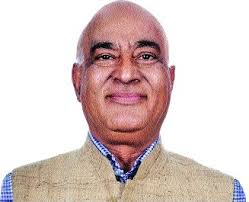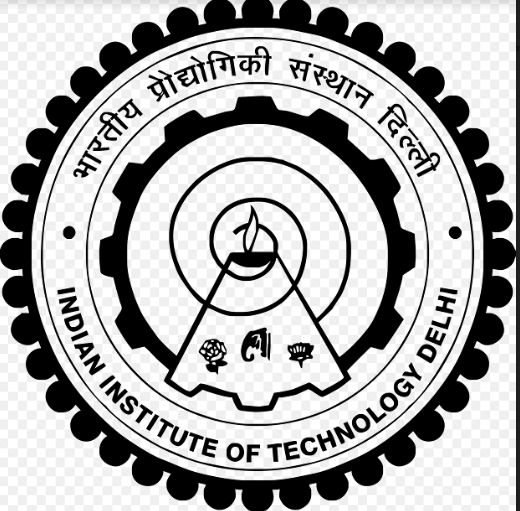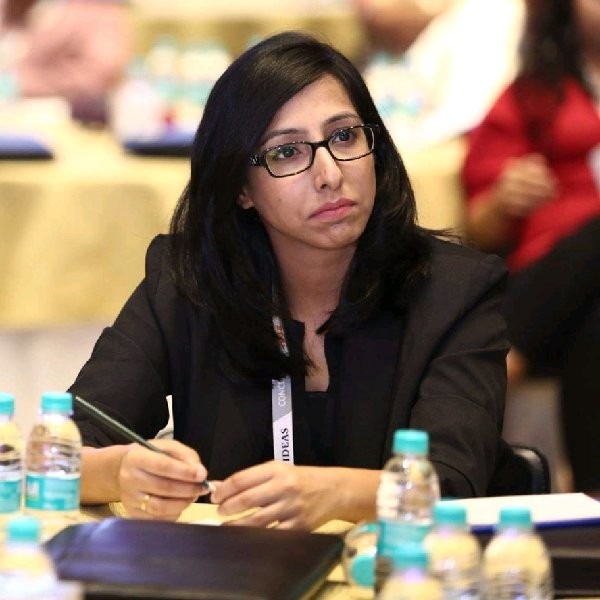Urban exclusion: Rethinking social protection in India in the wake of Covid-19
Economic insecurity caused by lockdowns during the early days of Covid-19 forced many households to rely on government welfare schemes to fulfil their consumption needs. Using data from the June 2020 ...
-
 Pallavi Choudhuri
Pallavi Choudhuri  Sonalde Desai
Sonalde Desai  Santanu Pramanik
Santanu Pramanik  13 June, 2022
13 June, 2022
- Articles
Fatal oblivion: India's National Family Benefit Scheme
The National Family Benefit Scheme (NFBS) – which provides financial assistance to families in the event of the death of a breadwinner – has been plagued by low budget allocations, restricted cove...
-
 Jasmin Naur Hafiz
Jasmin Naur Hafiz  03 January, 2022
03 January, 2022
- Perspectives
How many jobs were lost in urban India during lockdown?
The nationwide lockdown imposed in March 2020 to contain the spread of Covid-19, disrupted economic activity – particularly in urban India. Using data from the Periodic Labour Force Survey for the p...
-
 Arup Mitra
Arup Mitra  Jitender Singh
Jitender Singh  27 April, 2021
27 April, 2021
- Perspectives
Covid-19: Addressing stigma and misconceptions
Throughout the Covid-19 pandemic in India, there has been stigmatisation of patients and their families, and discriminatory attitudes towards marginalised groups as well as frontline workers. Based on...
-
 Asad Islam
Asad Islam  Debayan Pakrashi
Debayan Pakrashi  Michael Vlassopoulos
Michael Vlassopoulos  Liang Choon Wang
Liang Choon Wang  26 March, 2021
26 March, 2021
- Articles
Energy access for marginalised communities: Evidence from rural India
While overall energy access of Indian households has improved rapidly over the past decade, access to clean fuel is still low as compared to electricity. Besides, social structures and hierarchies con...
-
 Namrata Chindarkar
Namrata Chindarkar  Setu Pelz
Setu Pelz  Johannes Urpelainen
Johannes Urpelainen  25 March, 2021
25 March, 2021
- Articles
Covid-19: How well are government schemes supporting Bihar’s vulnerable populations?
The immediate adverse impact of the Covid-19 pandemic and associated lockdown was visibly greater for migrant workers and their households, whose ability to access government schemes in their villages...
-
 Advaita Rajendra
Advaita Rajendra  Ankur Sarin
Ankur Sarin  Karan Singhal
Karan Singhal  18 March, 2021
18 March, 2021
- Notes from the Field
DUET re-examined
In September 2020, Jean Drèze’s proposal for an urban work programme called DUET (Decentralised Urban Employment and Training) was presented on I4I. This was followed by an extensive symposium in w...
-
 Jean Drèze
Jean Drèze  09 March, 2021
09 March, 2021
- Perspectives
In-kind transfers as insurance
Academics and policymakers worldwide are leading the push towards unconditional cash as the preferred mode of transfer from the government to the poor. Yet surveys across countries find that large pro...
-
 Lucie Gadenne
Lucie Gadenne  Sam Norris
Sam Norris  Monica Singhal
Monica Singhal  Sandip Sukhtankar
Sandip Sukhtankar  01 March, 2021
01 March, 2021
- Articles
Did MNREGA cushion job losses during the pandemic?
The 2021-22 Budget allocation for MNREGA is 34% lower than the revised estimates for the programme in 2020-21. Analysing official MNREGA data, this article suggests that districts that have historical...
-
 Farzana Afridi
Farzana Afridi  Kanika Mahajan
Kanika Mahajan  Nikita Sangwan
Nikita Sangwan  11 February, 2021
11 February, 2021
- Articles
How wide is the ‘sink of localism’ in India?
While spatial segregation based on caste or religion is a constitutive feature of social life in India, there have been very few systematic studies of it. This article presents central findings from t...
-
 Naveen Bharathi
Naveen Bharathi  Deepak Malghan
Deepak Malghan  Andaleeb Rahman
Andaleeb Rahman  18 January, 2021
18 January, 2021
- Articles
Declining common lands in India: Role of economic inequality
The area under common pool land resources (CPLRs), which are crucial to rural livelihoods in India, has recorded a steady decline over the last three decades. Common land is diverted either as private...
-
 Deepak Malghan
Deepak Malghan  Arnab Mukherji
Arnab Mukherji  Sneha Thapliyal
Sneha Thapliyal  14 January, 2021
14 January, 2021
- Articles
Welfare through workfare? Lessons from the early days of MNREGA
Workfare programmes are an old tool to provide necessary income support to the poorest in times of recessions, droughts, and now pandemics. Yet, these are often questioned for their effectiveness. As ...
-
 Stefan Klonner
Stefan Klonner  Christian Oldiges
Christian Oldiges  16 December, 2020
16 December, 2020
- Articles
Building resilience among ultra-poor for times of crisis
Lack of integration into the existing social protection system exacerbates the poor's vulnerabilities, leaving them without adequate support structures during a crisis. In this note, Shagun Sabarwal a...
-
 Maximilian Lohnert
Maximilian Lohnert  Shagun Sabarwal
Shagun Sabarwal  11 December, 2020
11 December, 2020
- Notes from the Field
Does workfare work? MNREGA during Covid-19
In the wake of the large-scale return of migrant workers from cities to rural areas on account of the Covid-19 lockdowns and associated job losses, it was apparent that MNREGA would need to play a cru...
-
 Sudha Narayanan
Sudha Narayanan  Christian Oldiges
Christian Oldiges  Shree Saha
Shree Saha  01 December, 2020
01 December, 2020
- Articles
Twitter feed
Tweets by Ideas4IndiaMost Popular Poverty & Inequality Posts
Wealth inequality, class, and caste in India: 1961-2012
The level of wealth inequality in India is close to that of some highly unequal countries in the world. This article assesses the long-term evolution of wealth inequality in the country for the period...
 Nitin Kumar Bharti
Nitin Kumar Bharti  28 June, 2019
28 June, 2019
- Articles
Covid-19: What can be done immediately to help vulnerable population
With over 80% of India’s workforce employed in the informal sector and one-third working as casual labour, Covid-19's spread and subsequent unplanned lockdowns, have created economic havoc in the li...
 Reetika Khera
Reetika Khera  25 March, 2020
25 March, 2020
- Perspectives
EWS reservation in higher education: Affirmative action or vote bank politics?
The Constitution (103rd Amendment) Act, 2019, provides for 10% reservation for the economically weaker sections (EWS) in higher educational institutions within the general category. In this post, Devi...
 Devika Malhotra Sharma
Devika Malhotra Sharma  11 September, 2019
11 September, 2019
- Perspectives





 30 September, 2022
30 September, 2022





